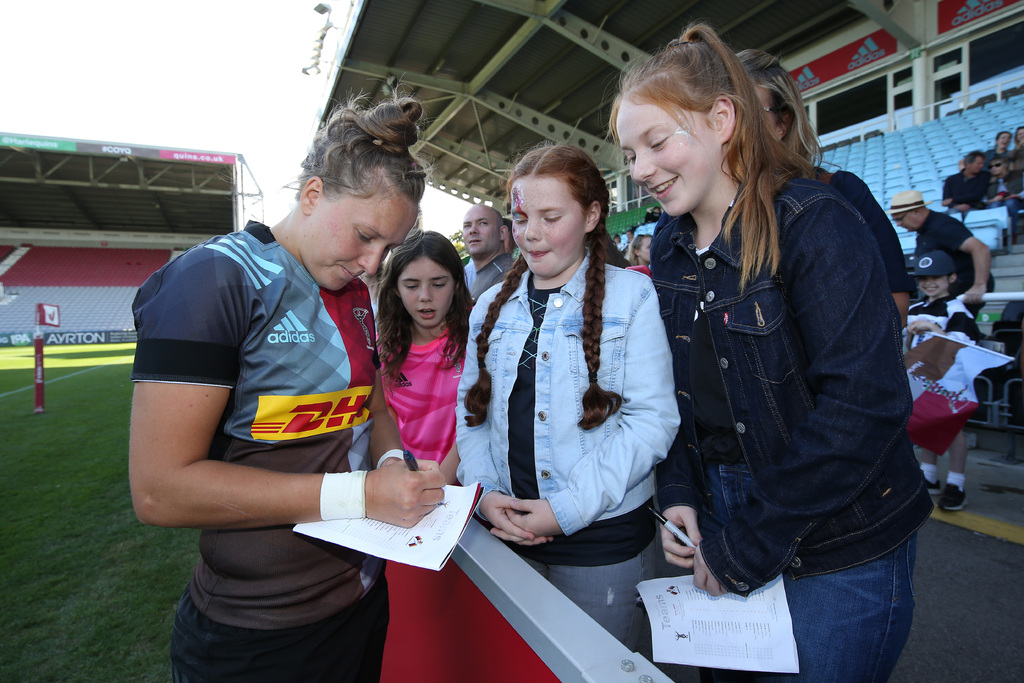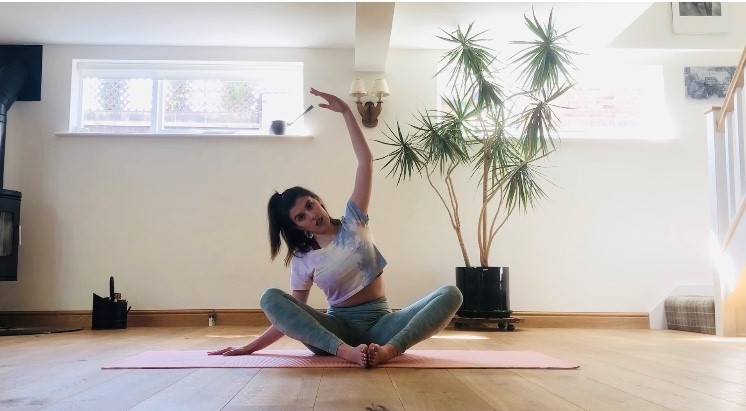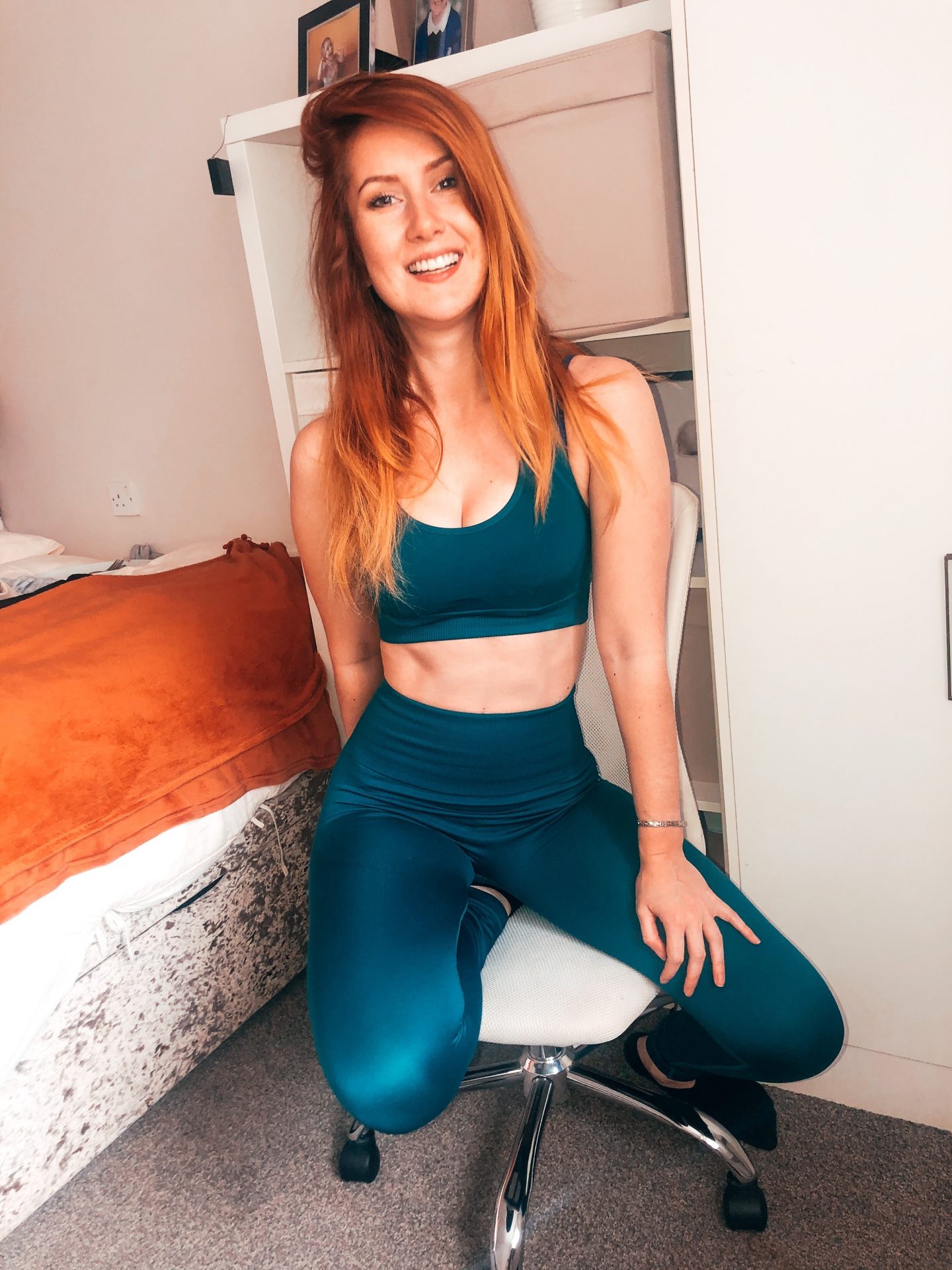Arthritis isn’t a condition exclusive to older people; around 15,000 young people live with the condition in the UK. What happens to your fitness goals if you get diagnosed in your 20s, and how possible is it to live a life rich in movement when you’ve got to cope with chronic pain? Writer Amy Sedghi talks to four women on how they move with arthritis.
What kind of person does the word “arthritis” immediately bring to mind? For many of us, it’ll be a frail gran or grandpa – someone older and less mobile. Now imagine being young and active, and being diagnosed with arthritis at just 20-years-old.
“I was absolutely devastated,” says Bobbi Nickless, a dance teacher who at the time was in the midst of studying for a musical theatre degree in London. “It was hard to process it emotionally because the physical pain was so overpowering.”
You may also like
NICE chronic pain guidelines: ”Exercise has helped, but painkillers are also necessary”
After numerous rounds of tests and hospital appointments, Bobbi was finally diagnosed with rheumatoid arthritis, an autoimmune disease wherein the immune system attacks the cells that line your joints making them sore, stiff and painful. For the now 25-year-old, dance was her life. “I was really gutted, to be honest, and the only person I knew who had (arthritis) was my nan, who uses a walker to get around,” she explains. After being put on medication, Bobbi began slowly to reintroduce movement and dance: “It made me feel like myself again.”
An estimated 2.98 million people under 35 in the UK are living with a musculoskeletal condition like arthritis according to the charity, Versus Arthritis. Despite preconceived ideas and misconceptions about arthritis being an older person’s condition, it doesn’t discriminate by age: two-thirds of people with arthritis are under 65.
For England international and Harlequins rugby player Emily Scott, a seemingly innocuous swollen hand noticed by a team doctor when she was 17 also led to a diagnosis of rheumatoid arthritis. It presented many unknowns, recalls Emily, who had no history of the illness running in her family; one thing she did know was that quitting rugby was not an option. “I knew I wanted to keep playing competitive rugby at a very, very high level… that was my aim, so I was going to do whatever I could to keep going and reach that point,” says Emily, now 28. She’s speaking on a rare day off (she’s busy preparing for the Tokyo Olympics) but having lived with the condition for the past 11 years, Emily is still finding ways to balance her demanding career with the disease.

Modifying movements
“If there’s something in the gym that I can’t do, I’ve learnt to try and adapt it which I find really helpful,” she explains. For example, she prefers using a hammer grip when lifting as the pressure through her wrists is otherwise too much. Using dumbbells instead of barbells is useful for this, she says.
“I wouldn’t be able to do any traditional lifts like cleans, because I just don’t have the mobility in my joints and again the pressure is too much. Instead of doing a hang clean, I would do a high pull instead, so I’m still getting the physical movement and just doing it without hurting myself.” Being vocal about flare-ups and bad days is also important. “If I can’t do it today, it might be that I’m able to do it tomorrow, or it might be that I can adapt it in a certain way that works for me, because there’s no point pushing myself to do something when it’s going to be detrimental rather than beneficial.”
Being vocal and unapologetic is something Bobbi now also strongly relates to. After graduating and landing a dream job in musical theatre, she found herself trying to hide her condition and apologising profusely when there were movements she couldn’t do. “I always had this massive feeling of guilt for it but now I would never apologise for not being well. I’m absolutely not sorry for it.”

Exercising to reduce pain
Movement and fitness are more than just parts of Emily and Bobbi’s identity – they’re also vital elements in managing their condition. “Staying active is one of the best ways to reduce the impact of arthritis,” explains Dr Benjamin Ellis, consultant rheumatologist and senior clinical policy advisor at Versus Arthritis. “Resting can weaken joints, making pain worse in the long run.”
For Georgia Morris, 27, who works in marketing in Birmingham, the gym offers “me time” and is something she already found solace in before her diagnosis of psoriatic arthritis at the age of 23. Her workouts now consist of resistance training, weights and compound exercises. The treadmill is out: “Because of my knees and feet, I physically can’t run.” She’s not complaining she says with a laugh, as she never did enjoy running much anyway. The stair machine, her favourite form of cardio, still features but not to the same level as previously and although she still loves weight training, the loads are lighter now.
“I’m much more conscious of pushing too far too quickly, whereas before, I didn’t really care. It’s more about being mindful of how I am on that particular day and what needs to be moved.”

Food flare-ups
That process of tuning in to the body and practicing kindness, is also something Emily Johnson, 28, has become familiar with. Having been diagnosed with seronegative arthritis at the age of 20, Emily started her lifestyle and food Instagram @ArthritisFoodie to chronicle her journey, sharing her experiences with diet, exercise, medication and lifestyle in managing her condition. She’s now written a book, Beat Arthritis Naturally, which features 65 recipes and lifestyle tips, and she says it’s the resource she wishes had been available when she was younger.
Emily admits that when she was first diagnosed she struggled: she couldn’t find any other young people speaking openly about having arthritis, didn’t understand it and in many ways didn’t want to. “When you’re diagnosed with something like this, it can feel like your world has imploded… and when you’re told there’s no cure, it can feel really overwhelming. You almost grieve for the person that you were, but actually, if you learn to live with it then that’s a better outcome. You should try and love it, take care of it, understand it and make the best out of it.”
Nutrition plays a hugely important role for Emily in managing her symptoms. “For me, deep-fried food will make my fingers swell the next day. For my friend though, she finds red meat does that to her. It can really vary from person to person.” When it comes to physical activity, she loves going for a daily walk to get her body moving as well as to connect with nature. On days when she’s not feeling so great, she swears by Epsom salts baths and will use heat packs on painful joints. Likewise, Bobbi and Georgia find soaking their feet in a bowl of warm water helpful on days when their joints are feeling particularly sore.

Community is key
All four would love to see more positive stories about arthritis and young people living with the condition, proving it’s not all gloom and doom. They’re hopeful that sharing their stories will perhaps resonate with other younger people coming to terms with an arthritis diagnosis. By speaking about her experience, Bobbi’s wish is that it may help “one young person, or someone who is a dancer or really active. They might come across this one day and think actually, it can be okay.” She recalls bursting into tears when Selena Gomez spoke about her experience with Lupus: “I remember thinking ‘Oh my God. I’ve never heard of a young person who lives with a condition similar to mine.’”
With more than 100 types of arthritis or related conditions, what is possible when it comes to movement and fitness can vary hugely from person to person. “We all experience it so differently,” explains Emily. “I could now probably walk for an hour around the block and not feel in too much pain, whereas somebody else might find that really difficult.”
Support from family, friends and colleagues is also vital. As much as painting a positive picture of what is possible while living with arthritis is important, Emily is keen to stress that there is very much a supportive network around her who are also present in those really “rubbish moments”. Whether it’s helping her put together a meal while she sits at the table chopping vegetables, or in the case of Bobbi, having the support of her best friend who learned alongside her how to administer injections despite a fear of needles, it’s these caring and understanding relationships which are key.
“I look well, I look fine, it doesn’t look like I have any health condition, so I think having people who understand you is so important, as is being open and honest,” says Emily. Dr Ellis, concurs:“You’re not in this alone and it can be useful to find other people with the same condition so you can share advice and tips, for example, the Let’s Move Versus Arthritis Facebook group, and Arthur’s Place.
Check out the How To library for 100s of bodyweight moves that’ll strengthen and lengthen every muscle in your body.
Images: Versus Arthritis/Hodder
Source: Read Full Article